I want to map a texture in the form of a lower right euclidean triangle to a hyperbolic triangle on the Poincare Disk, which looks like this:
Here's the texture (the top left triangle of the texture is transparent and unused). You might recognise this as part of Escher's Circle Limit I:
And this is what my polygon looks like (it's centred at the origin, which means that two edges are straight lines, however in general all three edges will be curves as in the first picture):
The centre of the polygon is the incentre of the euclidean triangle formed by its vertices and I'm UV mapping the texture using it's incentre, dividing it into the same number of faces as the polygon has and mapping each face onto the corresponding polygon face. However the the result looks like this:
If anybody thinks this is solvable using UV mapping I'd be happy to provide some example code, however I'm beginning to think this might not be possible and I'll have to write my own shader functions.



